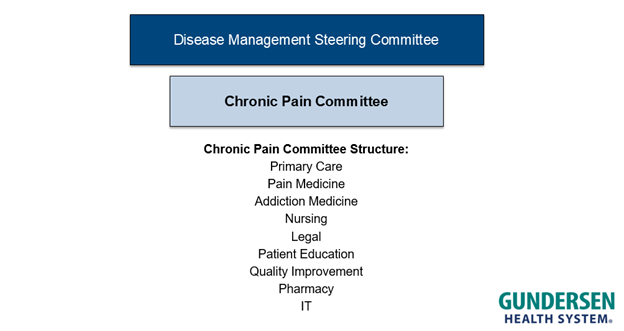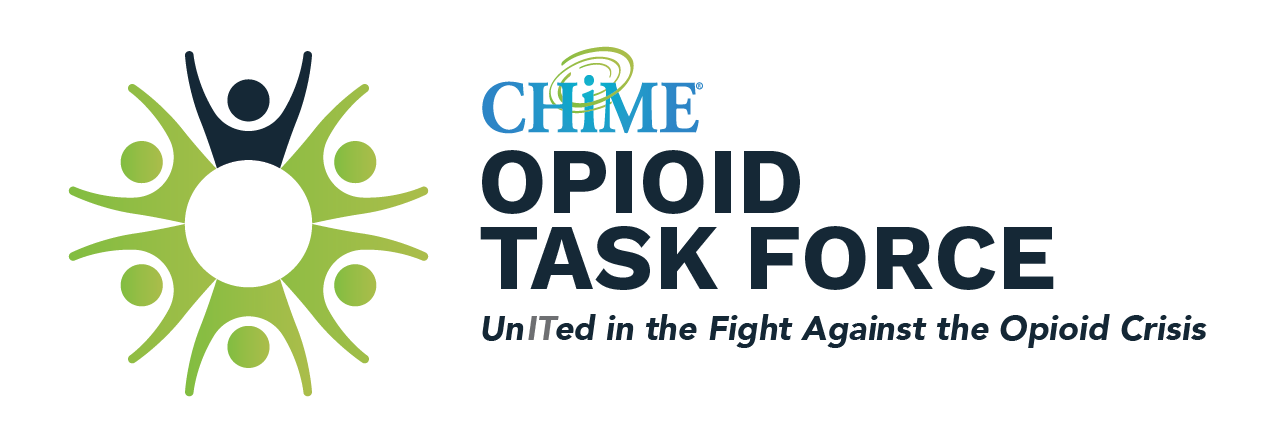The rapid escalation of the national opioid epidemic has resulted in an increasing number of hospitals and health systems formalizing action plans in the last few years. However, some provider organizations have actually been tackling problems with opioid abuse and addiction for over a decade. One example is Gundersen Health System (GHS) in Wisconsin, which began its efforts back in 2008 amid concerns from ambulatory physicians about an increasing volume of opioid prescriptions and changes in patient behavior.
Gundersen Health System (which includes a 325-bed teaching hospital and 30 primary care clinics) employed a very targeted and ambulatory-focused strategy, centered on creating an organizational approach to pain management. According to Marilu Bintz, MD (senior vice president, Population Health and Strategy at GHS), “Growing concerns about patient behavior was one of the primary factors that caused us to take action in 2008, but we didn’t have any way to actually identify the patients we needed to track and monitor. We decided the first thing we needed to do was build a registry of chronic pain patients where we could put the chronic pain agreements, DIRE (Diagnosis, Intractability, Risk and Efficacy) scores and urine toxicology screening results, as well as a template for medication refills.”
A Chronic Pain Committee was established in 2009 to lead the effort. The makeup of the multidisciplinary team reflected the targeted, ambulatory-centric nature of GHS’s approach. Committee members included GHS stakeholders from primary care, pain medicine, addiction medicine, nursing, legal, patient education, quality improvement and pharmacy. IT – which was responsible for building the registry of chronic pain patients and creating the electronic flow sheet and measures – also had formal representation on the Committee, particularly clinical data services staff.
The Chronic Pain Committee was put under the Disease Management Steering Committee at GHS. As Bintz notes, “Because we were building a registry of chronic pain patients, we treated it as a disease. Having the Chronic Pain Committee fall under our existing Disease Management Steering Committee was consistent with how we approach planning and implementation of other registries and internal disease management initiatives.” Holly Boisen RN (system project manager at GHS) adds, “The Chronic Pain Committee was actually fairly autonomous, empowered to make important decisions independently and do what was necessary to keep the effort moving forward. When we needed help with something like organization-wide messaging or communication though, we could turn to the Disease Management Steering Committee for support.”
Figure 1. Gundersen Health System’s Chronic Pain Committee

Keys to Success:
- Begin with a defined, narrow focus. GHS took a targeted approach that started with the development of a registry of chronic pain patients. The narrow, ambulatory-centric scope of that effort was reflected in the way the Chronic Pain Committee was structured (participants, oversight, etc.)
- Strong clinician champions. “This is a difficult topic, and you need someone who is willing to have those important conversations in a constructive, respectful manner,” says Bintz.
- Accurate data. According to Boisen, “Report validation, which required collaboration between IT and Quality, was critical. You really can’t put data out there if it isn’t accurate.”
- A good CIO partner. IT played an important role right from the start to build GHS’ chronic pain registry and create the electronic flow sheets and measures. As IT transitioned into more of a supporting role, both Boisen and Bintz point out the value of open, regular communication with IT stakeholders – and the importance of a good, collaborative partnership with the CIO.
